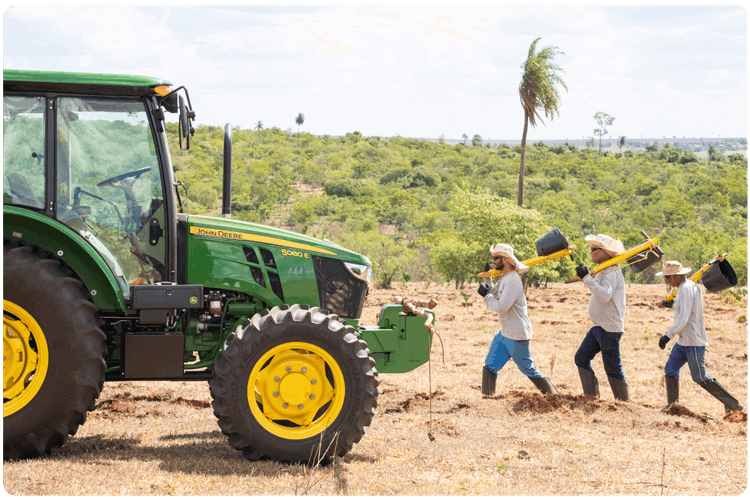Current progress
Planting and promoting the natural regeneration of approximately 600.000 native trees. Such activities were implemented in Santa Rosa and Vida farms and comprise a total area of 300 hectares under restoration.


Located at the westernmost point of São Paulo, the Corridors for Life project mission is to restore at least 20% of the Brazilian Atlantic Forest ecosystem by creating ecological corridors between the few remaining forest fragments. This ambitious project will sequester thousands of tonnes of carbon, support local communities, and protect biodiversity.
hectares under restoration
trees per hectare planted
native seedlings planted
tons of CO2 removed over the projects lifetime
Planting and promoting the natural regeneration of approximately 600.000 native trees. Such activities were implemented in Santa Rosa and Vida farms and comprise a total area of 300 hectares under restoration.
The Atlantic Forest was once an unbroken biome a quarter of the size of the Amazon. After centuries of catastrophic deforestation, only 12% of the original forest remains in fragments. Corridors for Life aims to reconnect these forest fragments with ecological corridors. Mercado Libre’s support has facilitated the planting of two critical farms that will help achieve this goal, Fazenda Vida and Fazenda Santa Rosa.




Not only does Corridors for Life have powerful climate benefits, it also has an outsized impact on local communities and biodiversity. The project will provide livelihoods for 1,000 families, produce 100 species of native trees for planting, and monitor 40 species of fauna to guide corridor planning.
Using technology every step of the way, Pachama helps leading companies invest directly in high-quality reforestation projects with unprecedented transparency and accuracy. Pachama uses Light Detection and Ranging technology (LiDAR) to characterize the structure of the trees before planting, serving as a baseline for future carbon measurement. Pictured below is the LiDAR baseline gathered from the Fazenda Santa Rosa farm. Over the next few decades, remote sensing will be continuously deployed to measure forest growth and estimate the carbon sequestered.

Talk to Gaia, Pachama's AI
guide for anything